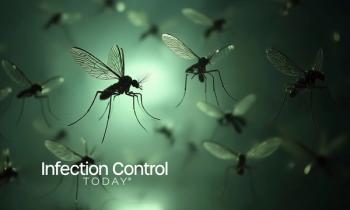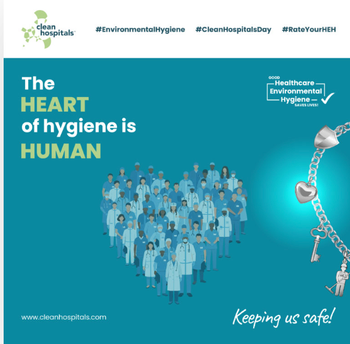
Novel Intravaginal Ring Shows Promise for HIV Prevention
A novel intravaginal ring implanted with anti-retroviral drug tablets, or pods, demonstrated sustained and controlled drug release and safety over 28 days, according to a paper published ahead of print in Antimicrobial Agents and Chemotherapy. The ring, designed to prevent transmission of HIV, was tested in pig-tailed macaque monkeys, and is engineered to be inexpensive, all the better for use in developing countries, says corresponding author Marc Baum.
One of the two drug combinations tested in the ring had been shown in three clinical trials to prevent HIV-some of the time-when taken orally, and is the only product approved by the US Food and Drug Administration (FDA) for HIV prophylaxis.
The ring's topical drug delivery has critical advantages over oral therapy. People often fail to take their medications as prescribed. That probably accounts for some of the wide variation in risk reduction in the three clinical trials, which ranged from 44 to 75 percent, says Baum, of the Oak Crest Institute of Science in Pasadena, Calif. "Issues such as adherence to a regular dosing schedule are significantly reduced by continuous release of the drugs into the vaginal mucosa independently of coitus and daily dosing."
"The ring maintained steady state drug levels in the vaginal tissues, the key anatomic compartment for preventing sexual HIV transmission, and eliminated the concentration troughs encountered with oral medications," says Baum. "This should boost effectiveness." These tests, in the monkeys, were performed by James M. Smith's group at the Centers for Disease Control and Prevention (CDC).
"In addition, systemic levels are so low as to usually be undetectable in topical delivery," says Baum. "That means that side effects are dramatically reduced, or eliminated entirely."
The ring is a simple, unmedicated, impermeable elastomer scaffold on which the investigators implanted polymer-coated drug tablets, each containing a different drug. These deliver the drug directly to the vaginal mucosa, via channels in the elastomer ring, which exposes the pods to vaginal fluids.
An additional requirement for safety and efficacy is that the ring must not trigger immune defenses, and their associated inflammation, as that could encourage HIV infection by compromising the integrity of the mucosal barrier, as well as by recruiting and activating immune cells that are the virus's targets. And in fact, the immune system, and the vaginal microbiome were undisturbed.
Baum notes that the pig-tailed macaque model is an ideal surrogate for humans. "The model has similarities with the human menstrual cycle, vaginal architecture and vaginal microbiome, and the ability to conduct efficacy studies with simian-human immunodeficiency virus," he says.
"Macaques cannot be infected with HIV, so scientists have developed a hybrid virus, simian-human immunodeficiency virus, that infects the monkeys and leads to a disease much like AIDS," Baum explains. This virus contains parts of the human immunodeficiency virus, and is susceptible to many HIV drugs, he says. "This is the state of the art for studying HIV/AIDS in vivo."
The two drug combinations tested include Truvada, which consists of emtricitabine and tenofovir disoproxil fumarate, and Truvada plus maraviroc, which works by blocking the chemokine receptor, CCR5, which is a target entryway of HIV.
The final version of the article is scheduled for the September 2014 issue of Antimicrobial Agents and Chemotherapy.
Source: American Society for Microbiology (ASM)
Newsletter
Stay prepared and protected with Infection Control Today's newsletter, delivering essential updates, best practices, and expert insights for infection preventionists.





